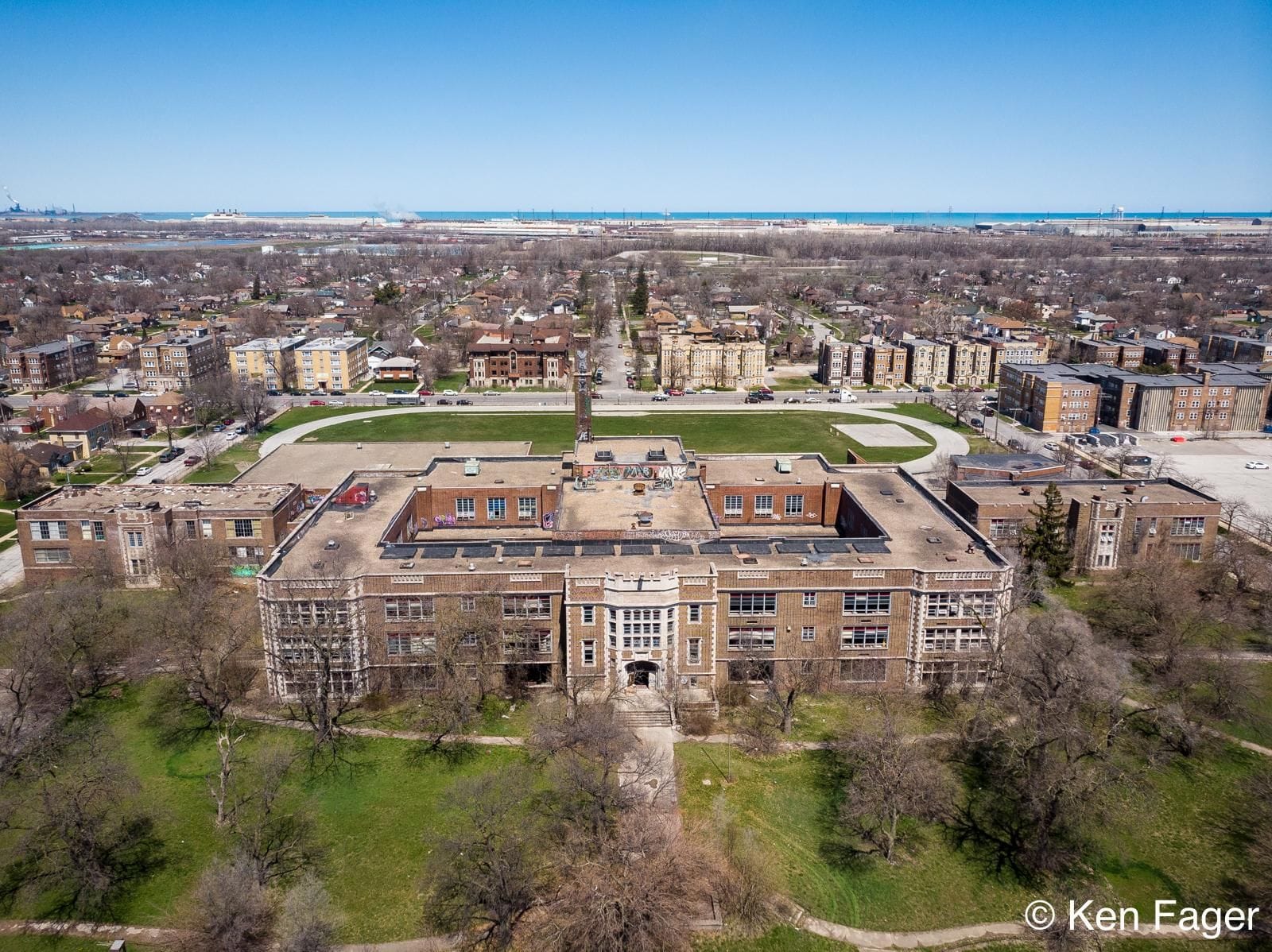Is Gary, Indiana Safe? A Look Beyond the Headlines
Gary, Indiana, like many cities across the US, grapples with crime. While crime rates are higher than the national average, the situation is more nuanced than headlines suggest. There are signs of progress, suggesting change is on the horizon.
Understanding the Statistics
The overall crime rate in Gary is about 42 crimes per 1,000 residents. This means that residents have a higher chance of being affected by crime compared to other parts of the country. However, it’s crucial to understand that crime rates vary significantly between neighborhoods.
For example, those living in northern neighborhoods face a 1 in 18 chance of becoming a victim of crime, while the risk drops to 1 in 29 for residents in the southwest. Websites like CrimeGrade.org offer interactive maps that can help residents and those considering a move to Gary get a clearer picture of crime patterns.
A Glimmer of Hope: Declining Homicide Rates
Amidst the concerning statistics, there is a glimmer of hope. The number of homicides in Gary decreased by 13% in 2023, with 52 recorded. While pinpointing the exact cause is difficult, this decline likely results from a combination of factors, including:
- Community Initiatives: Programs aimed at providing youth with opportunities and reducing violence are gaining traction.
- Law Enforcement Strategies: Targeted patrols, crime suppression tactics, and community policing efforts may be contributing to the decline.
- Social Programs: Initiatives addressing poverty, unemployment, and other social factors could be playing a role.
- Economic Improvements: While Gary still faces economic challenges, any positive shifts could be contributing to the decrease.
It’s likely a combination of these factors, working in tandem, that has led to this encouraging trend.
What is Gary, Indiana Known For? Beyond Crime and Challenges
Gary, Indiana’s identity is complex, shaped by its industrial past, struggles with crime, and the resilience of its people. While crime dominates headlines, Gary’s story is also one of hope, community revitalization, and the enduring legacy of its most famous sons, the Jackson 5.
The Rise and Fall of a Steel City
Gary’s story begins in the early 20th century. Founded by U.S. Steel, the city rapidly grew into a bustling industrial center, earning the nickname “Magic City.” Gary Works, once the largest steel mill in the world, drew thousands of workers seeking opportunity, shaping the city’s identity for decades.
However, the decline of the American steel industry in the latter half of the 20th century dealt a devastating blow to Gary. Mass layoffs, economic hardship, and social unrest followed. The city’s population dwindled, leaving behind a landscape dotted with abandoned factories and homes, a stark reminder of its prosperous past.
Beyond the Ruins: Signs of Hope and Resilience
Despite the challenges, Gary’s spirit endures. Community organizations and residents are working to revitalize neighborhoods, support those in need, and reclaim their city’s narrative.
Here are a few examples of the positive changes taking place:
- Community Policing: Building trust and collaboration between law enforcement and residents.
- Youth Programs: Providing young people with alternatives to violence and pathways to opportunity.
- Economic Development Initiatives: Attracting new businesses and creating jobs.
- Historical and Cultural Preservation: Celebrating Gary’s heritage, including its connection to the Jackson 5, and leveraging its unique architecture and location on Lake Michigan to attract tourism.
Why Was Gary, Indiana Abandoned? Unraveling the Complex Factors
Gary’s transformation from a bustling industrial center to a city grappling with decline is a story of interconnected factors. Attributing its decline solely to one cause would be a simplification of a much more complex reality.
The Decline of the American Steel Industry
The most significant factor in Gary’s decline was the collapse of the American steel industry in the 1970s. Globalization, increased foreign competition, and technological advancements led to mass layoffs at Gary Works and other steel mills across the nation. As jobs disappeared, so did residents seeking new opportunities elsewhere.
Racial Tensions and White Flight
Gary, like many industrial cities, also faced racial tensions and inequities. As the economy faltered, “White flight” to the suburbs exacerbated economic disparities and further depleted the city’s tax base, making it challenging to maintain infrastructure and essential services.
Political and Economic Neglect
Compounding these issues was a lack of adequate investment and effective policies to address Gary’s growing problems. Systemic issues such as poverty, lack of educational opportunities, and inadequate access to resources created a cycle of hardship, making it difficult for the city to recover from economic blows.
Gary, Indiana Today: A City in Transition
Gary, Indiana, stands at a crossroads. The scars of its industrial past and the ongoing challenges of crime and poverty are undeniable. Yet, amidst the ruins, a spirit of resilience persists.
The city’s story is far from over. It is a testament to the enduring human spirit, the power of community, and the potential for revitalization, even in the face of adversity. As Gary navigates the 21st century, its future hinges on addressing its complex past, investing in its people, and continuing to write a new chapter filled with hope and opportunity.
Internal Links:
Did you know that the infamous Gainesville Ripper terrorized the city of Gainesville in the 1990s? Or that the Gary, Indiana crime rate is one of the highest in the country? These are just a few examples of the many true crime stories that have unfolded across the United States. If you’re interested in learning more about these and other fascinating cases, be sure to check out our website.
- Unveiling Bernhard Caesar Einstein’s Scientific Achievements: A Legacy in Engineering - July 15, 2025
- Uncover who is Jerry McSorley: CEO, Family Man, Business Success Story - July 15, 2025
- Discover Bernhard Caesar Einstein’s Scientific Contributions: Unveiling a Legacy Beyond Einstein - July 15, 2025
















1 thought on “Gary, Indiana Crime Rates 2024: Exploring the Decline, Safest Neighborhoods & Community Impact”
Comments are closed.